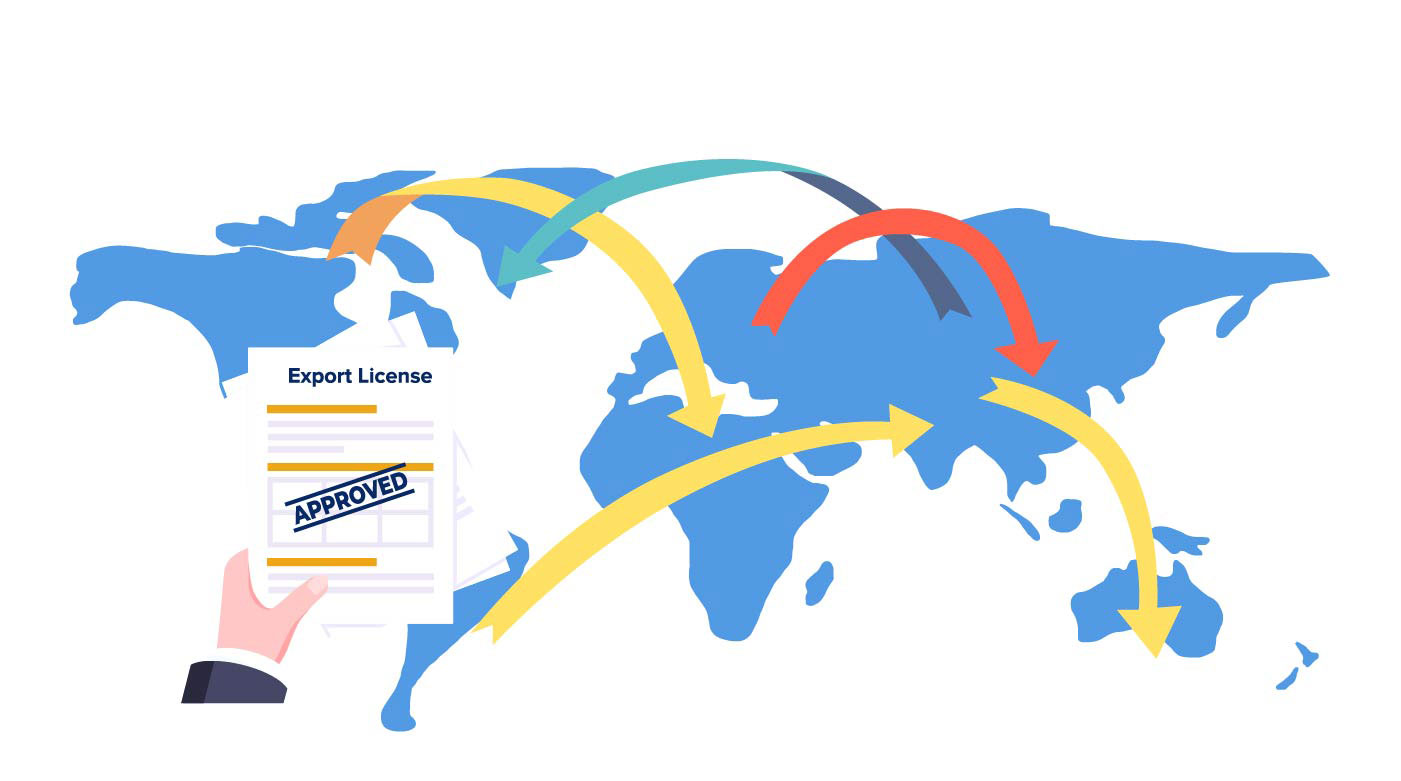By Daniel Martin
January 1, 2022
There can be a tendency to treat sanctions and export control matters as binary: either the trade or transaction is permitted or it is not.
Of course, it is not that straightforward. There is a third category of intermediate activities not entirely prohibited but instead permitted, provided an appropriate license is obtained.
All of this means that managing the licensing process is key. Compliance professionals can add real value and provide solutions by identifying an effective procedure to authorize or approve an otherwise prohibited transaction. By contrast, if licensing is not correctly managed, shipments can be delayed, goods or payments may be seized, creating a compliance headache.
License Management
So, how can you ensure you get it right? Effective license management requires three elements.
First, understand what licenses are available. You need to review them and any qualifying criteria or conditions, ensuring you are applying for the correct license.
Two broad categories of licenses need to be distinguished. The first – sometimes referred to as a general license – does not need to be applied for and can authorize any transaction meeting the qualifying criteria.
The general nature of the license functions to mitigate the severe effects of the prohibition by creating a “safe haven” for permitted activities. The US licenses that permit the supply of food, medicine and medical devices to otherwise comprehensively sanctioned countries are good examples of a US general license.
Some general licenses, including UK export licenses, require registration by the party relying on the license. While these registration requirements fall short of a requirement to make an application, they are nonetheless important, and a failure to register will mean that the license is not available and the activity remains prohibited.
The second element is to ensure that, where a license application is necessary, the application is well-drafted and enables the license to be granted as swiftly as possible. So what are the golden rules for drafting effective license applications?
Drafting An Application
First, set out all of the facts clearly and logically. You need to tell licensing officers a story: help them to understand the commercial background, explain why the license is aligned – or at least not inconsistent – with the policy objectives behind the sanctions program and, where possible, emphasize the positive benefits that will flow if the license is granted.
Explain technical terms and concepts in a straightforward manner. You are trying to help licensing officers with your explanations and have them “on side”, not bamboozle them with science. Consultants and experts can assist with this.
Include all relevant information. For example, if you are seeking a license to make a payment, you should include:
- The amount of the intended payment.
- The intended purpose of the transaction/funds.
- The intended payment route.
- The sender and receiver of funds, including any intermediaries and beneficiaries.
- The banks involved.
- How the funds will be accounted for.
- Explanation of the reasonableness of any proposed payment (where relevant).
Summarize your due diligence and all checks to ensure that none of the other aspects of the transaction give rise to any sanctions issues. For example, how have you satisfied yourself that no sanctioned person is involved? Or that the vessel delivering licensed cargo into a sanctioned country will not then load prohibited cargo from the sanctioned country?
Understand the licensing criteria – does the licensing officer have broad discretion to grant any authorization considered to be appropriate, or are their powers limited, with only specific licensing grounds?
If the licensing officer has only limited scope to grant a license, you need to ensure your application provides information showing the criteria are satisfied. Do not include irrelevant information that risks obscuring key points.
Think about who needs to be named in the application. Do you require the license to extend to the associated services provided by third parties, such as banks and insurers? If they need their own license from the same licensing authority, it may well be quicker to make a single combined application to ensure the same facts are considered by a single licensing officer, which should result in consistent decisions.
Managing Timelines
The third and final element of effective management of the licensing process is managing timelines.
Any application needs to be made in advance to give the licensing authority a reasonable period to consider the application. The time for its consideration and review should be built into the transaction timeline so that the business does not find itself “in limbo” waiting for the decision.
The best way to achieve this is to inform and involve the commercial teams as soon as possible. Be realistic about timelines and don’t over-promise. An individual licensing application may need to be considered by numerous governmental departments, and this inevitably takes time.
Many licensing authorities publish indications (but not guarantees) of the turnaround time for license applications. The UK’s Export Control Joint Unit (ECJU) aims to provide a decision on 70% of single individual export license applications within 20 working days, and 99% within 60 working days.
Making a license application does not need to be overwhelming. Armed with the above tricks of the trade, you can be confident of making effective license applications.
Daniel Martin is Partner and Head of the Global Regulatory Practice at international law firm HFW, a member of the ACSS Editorial Taskforce, and a board member of the ACSS London Chapter.

